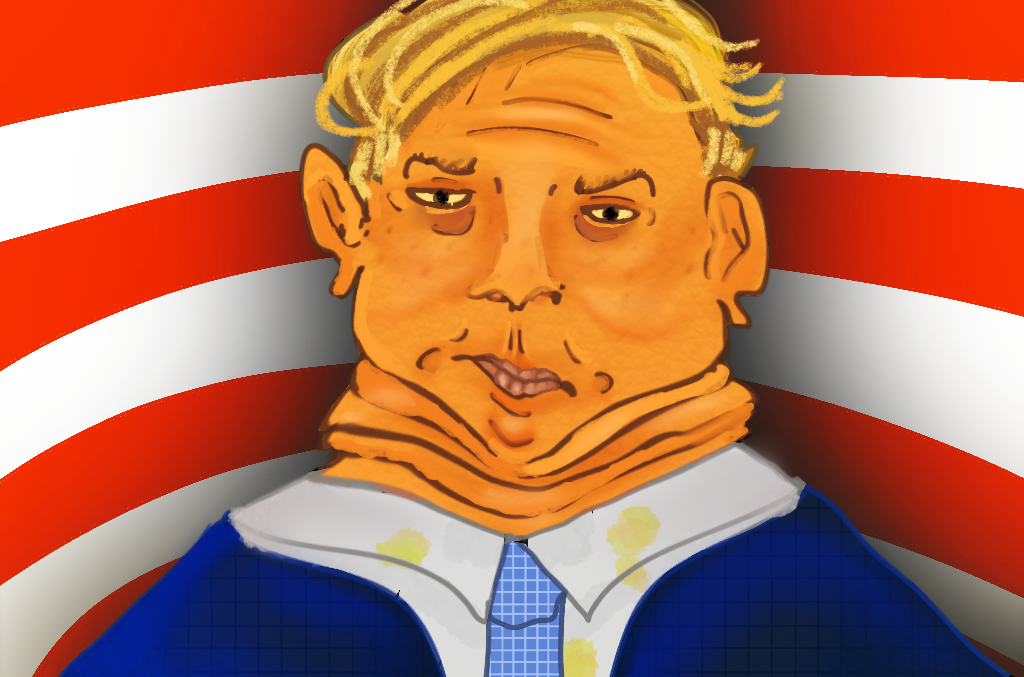Gentrification might resemble a positive change on the surface, but it comes with significant downsides. As wealthier newcomers move in and property values rise, long-time residents are displaced due to skyrocketing rents and taxes. This deposition can erode the unique character of the community and disrupt the social network built over the years. While certain individuals benefit from improved infrastructure and amenities, the cost remains borne by those who remain the least able to afford it, leading to increased inequality and loss of cultural diversity.
“Gentrification is a term that is generally used to refer to the changing makeup of a neighborhood as the prices of homes and businesses in the area alter. It is usually associated with rising values in terms of property, which in that regard can be a positive thing, but this can also mean that it can price the existing people out of houses in that area. Personally, I think the main concern of gentrification is what [it does] the availability of fair, decent, and secure housing for populations. Housing is expensive as it is and there isn’t enough available, generally speaking, not just in the Atlanta area, but nationally,” Advanced Placement (AP) Comparative Government teacher Carolyn Galloway said.
The concerns listed above exemplify gentrification’s dual nature, a development with both potential benefits and significant drawbacks. Acknowledging that gentrification often increases rising property values–a positive for neighborhood development and economic growth– also highlights a key issue. Gentrification prices out existing residents, particularly those from lower-income backgrounds who can no longer afford to live in their communities. As noted previously, the main concern, — the impact on housing availability and affordability — creates worry about how gentrification exacerbates the already high cost of housing, not only in areas such as Atlanta but nationwide. This reflects broader concerns in urban planning and housing policy that gentrification can displace long-standing communities and reduce the availability of fair, affordable housing for marginalized populations. In essence, while gentrification can bring economic improvement, it does so at the cost of displacing the people who shaped the neighborhood’s identity, further intensifying the housing crisis.
“In my opinion, gentrification raises property values, making housing more expensive and harder for low-income people to afford. It also wipes out local culture as new groups move in. For example, the Brooklyn neighborhood my dad grew up in was recently gentrified, and the local culture is basically gone. I just read about a chi shop that had been around for over a hundred years, but it had to close because the rent quadrupled since the [Covid-19] pandemic, which was really upsetting,” economics and government teacher Tara Sisino said.
When emphasizing the negative effects of gentrification, particularly on low-income individuals and local culture. This is a rising issue as gentrification drives up property values, making housing more expensive and less accessible for those with limited financial resources. This increase in housing costs, especially in cities such as New York, creates significant challenges for low-income individuals who may struggle to keep up with rising rent or afford to purchase homes, ultimately leading to their displacement.

A key concern is the loss of local culture as a result of outside groups moving into gentrified neighborhoods. This cultural displacement happens when long-established businesses and communities become replaced by new, wealthier residents and commercial ventures. A neighborhood in Brooklyn, for example, where a local tea shop closed after over a century due to skyrocketing rent, illustrates this issue vividly. The quadrupling of rent after the pandemic forced the closure of a historic business, highlighting how gentrification not only alters the economic landscape but also erases local history and traditions.
“I am a big fan of the idea of mixed-use construction and urban planning, to solve this issue. Basically where you mix different types of housing together in one area. This makes people more aware of their neighbors, more tolerant of people near them, and aware of the diversity that lies in their community. Also, if you put in regulations at either the city, state or regional level that require builders to reserve a particular section of apartments or housing for people of low income, this provides people with safe, secure and dignified housing. I think the thing that matters to me the most is knowing that we’re all supposed to be neighbors, which means that we should treat each other with dignity and respect, which correlates to housing,” Galloway said.
Advocating for mixed-use construction as a solution to gentrification by blending different types of housing within the same area, encourages diversity, awareness, and tolerance among neighbors. This approach not only helps create more inclusive communities but also promotes regulations requiring developers to reserve housing for low-income individuals, routinely through partnerships with agencies such as HUD. By ensuring access to subsidized housing, vulnerable populations remain provided with safe and dignified living conditions, countering the displacement effects of gentrification. Emphasizing the importance of treating all community members with respect and dignity, and believing that inclusive housing remains essential for fostering stronger, and compassionate neighborhoods.
While gentrification may bring economic growth and revitalization to neighborhoods, the harmful consequences far outweigh the benefits. It displaces long-standing residents, erases cultural heritage, and deepens inequality by making housing unaffordable for low-income individuals. Communities lose their unique identity, and the individuals who influenced the area become forced out. Addressing these issues requires thoughtful urban planning, affordable housing policies and a commitment to preserving the integrity of neighborhoods. Gentrification, in its current form, exacerbates social divides and finding more equitable solutions to support both community development and the people who live there, remains a priority.











